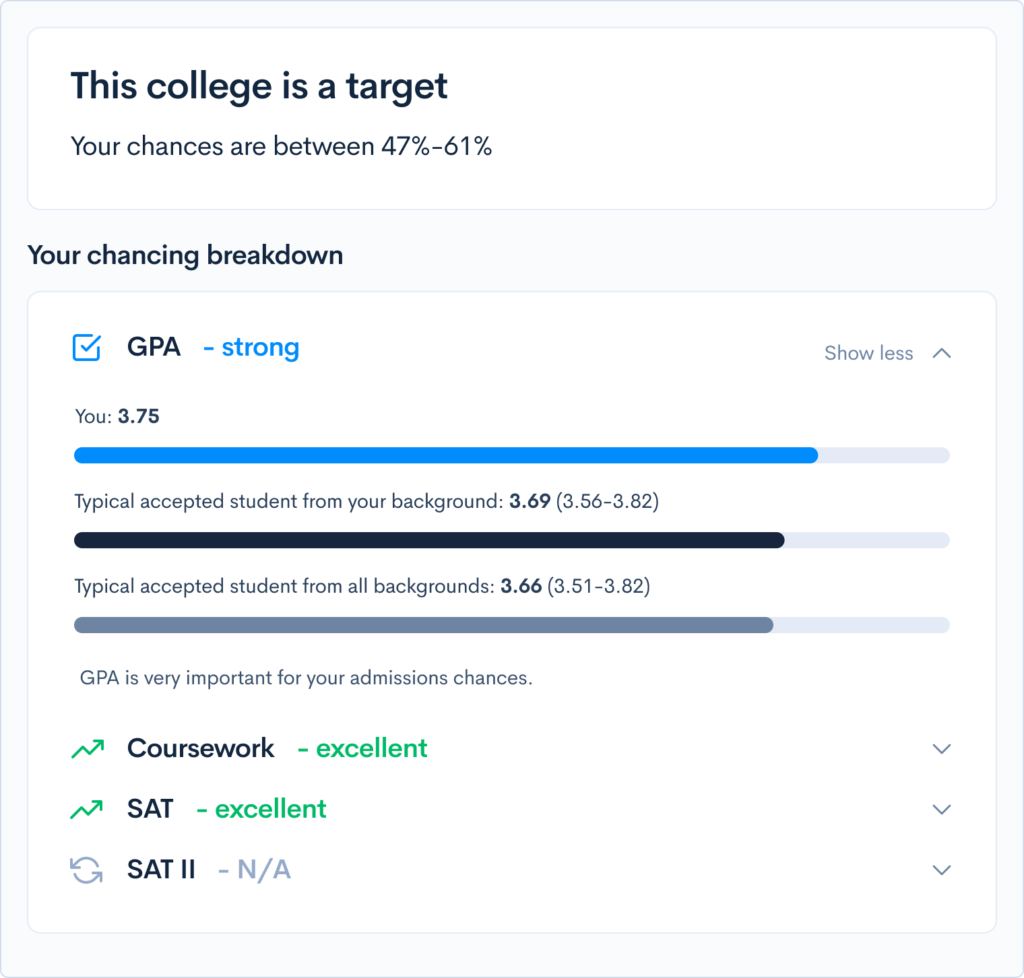What is Brown University Known For?
Janet Yellen, Ira Glass, and Emma Watson have something in common: they’re all alumni of Brown University. Rhode Island’s Ivy League university has graduated leaders in medicine, technology, political science, performing arts, journalism, and numerous other fields. Brown is perhaps most famous, academically speaking, for its open curriculum, which gives students the freedom to explore their interests without being bogged down with requirements. What does this mean? And what else is Brown known for? Location: Providence, Rhode Island Undergrad Enrollment: 7,000 Acceptance Rate: 6.9% Middle 50% SAT: 1440-1550 Middle 50% ACT: 33-35 Brown is consistently ranked in the top 20 national universities. While Brown is an Ivy League school, its admissions are a bit less academically-rigorous than the other Ivies, except for Cornell. After students reach a certain academic threshold, Brown really values students with unique and diverse academic interests who could most benefit from the open curriculum. For example, a strong student may seek to combine computer science and classics to use digital modeling to reconstruct ancient artifacts. Brown also places special importance on extracurriculars and essays; they’re looking for dynamic students who are highly-involved in their passions. The university values the arts and appreciates profiles with an artistic component, such as a visual arts or creative writing portfolio. Even for prospective STEM majors, Brown values students who engage with the liberal arts. At Brown, students can pursue one of 80 majors, or “concentrations,” as they’re known at the Ivy League institution. The cornerstone of a Brown education is the Open Curriculum. Under this liberal approach to education, students have no core curriculum or distribution requirements. Their only requirements for graduation are to: The open curriculum allows students to explore different subjects and experiences, including those seemingly unrelated to their concentration. If they wish, students may opt to pursue an independent concentration, which they design with faculty guidance and approval, rather than selecting an established one. Brown is also known for its prestigious and highly selective Program in Liberal Medical Education (PLME). Through this eight-year program in undergraduate education and professional studies in medicine, students pursue either an AB or ScB degree over four years and spend the following four years working toward their MD. Another notable program is the Brown-RISD Dual Degree Program. Over five years, students simultaneously pursue degrees at Brown and the Rhode Island School of Design (RISD), exploring both academic and artistic interests and ultimately earning both an AB or ScB from Brown and a BFA from RISD. In order to participate, students must apply to and be accepted by both institutions, along with a separate Brown|RISD Dual Degree admissions committee. Brown offers many clubs and extracurricular activities, from A capella to academic and professional societies to comedy and improv. Some of the most popular are Sailing Club, the Social Innovation Fellowship, Queer Alliance, Brown Daily Herald, and Taekwondo Club. The arts and political activism are particularly central to Brown’s social and extracurricular life. You’ll find many students engaging in protests and other political activities and events, as well as a number who participate in theater, visual arts, and writing groups. Athletics don’t play a huge role in life at Brown. Last year, in an effort to increase its competitiveness in the Ivy League, the university downgraded 11 varsity teams to club status, while promoting two, co-ed sailing and women’s sailing, to varsity status. Greek life does exist, although the scene is not as prominent as it is at some of its peer institutions. Founded in 1764, Brown is home to many traditions. On the more superstitious side, there are the Van Wickle Gates, which bear the University shield and sit at the top of College Street. As legend has it, students who pass through the Gates more than twice — once during the freshman convocation procession and once during commencement — will be cursed. Another tradition is the Campus Dance, a time to celebration with the community at the beginning of Commencement and Reunion Weekend. At the non-PG end, there’s the Naked Donut Run (NDR), when students run through the libraries naked during Reading Period handing out donuts. Students are required to live on-campus through their sixth semester. They have several options, including living in Gender Inclusive Housing, in which they can request to be placed in housing without restriction to their own sex/gender or their roommate’s. First-year students live with roommates in residence hall communities, consisting of 50-60 students. Returning students have more options, such as private single rooms, suites, and apartments. They can also join program houses, where they may live with others who share their interests. Examples of program houses are the Environmental Houses, the International House, Technology, French, Latinx, and the Womxn’s Collective. Thanks to the Brown Promise, the university is committed to meet 100% of students’ demonstrated need with no loans. The university is also need-blind for domestic students. Like other institutions in the Ivy League, Brown does not award merit or athletic scholarships. One perk for students, as well as staff and faculty, is Bear Bargains. With their Brown Card, they can receive discounts to local supermarkets, salons, gyms, stores, entertainment, and much more. They can also get free admission to the RISD Museum and free rides via the Rhode Island Public Transit Authority (RIPTA). Brown has close ties with Providence and other colleges and universities that share the city. RISD, its neighbor, and Brown offer dual degree programs, and students and faculty mingle in other areas, too, particularly on Thayer Street, a famed area offering stores, restaurants, and more. Because Providence is such a tight-knit community, you’re likely to find that most residents are in some way affiliated with Brown or know others who are. You know that Brown has an extremely low acceptance rate, but your individual chances of admission still depend on your GPA, standardized test scores, essay, recommendations, extracurriculars, and more. Like other institutions of its selectivity and caliber, Brown uses the Academic Index to filter out applicants based on their GPA and test scores. Only those who meet these criteria are even considered by the admissions committee. (Remember that Brown also seeks out unique extracurricular profiles and academic interests.) Will you make the cut? Using our Chancing Engine, which assesses both quantitative and qualitative elements of your profile, you can find out your likelihood of admission to Brown and other top institutions across the country. What’s Covered:
Overview of Brown Admissions
Unique Aspects of Brown
Academics
Extracurriculars

Traditions
Dorms
Financial Aid
Resources
Location
What Are Your Chances of Acceptance at Brown?



